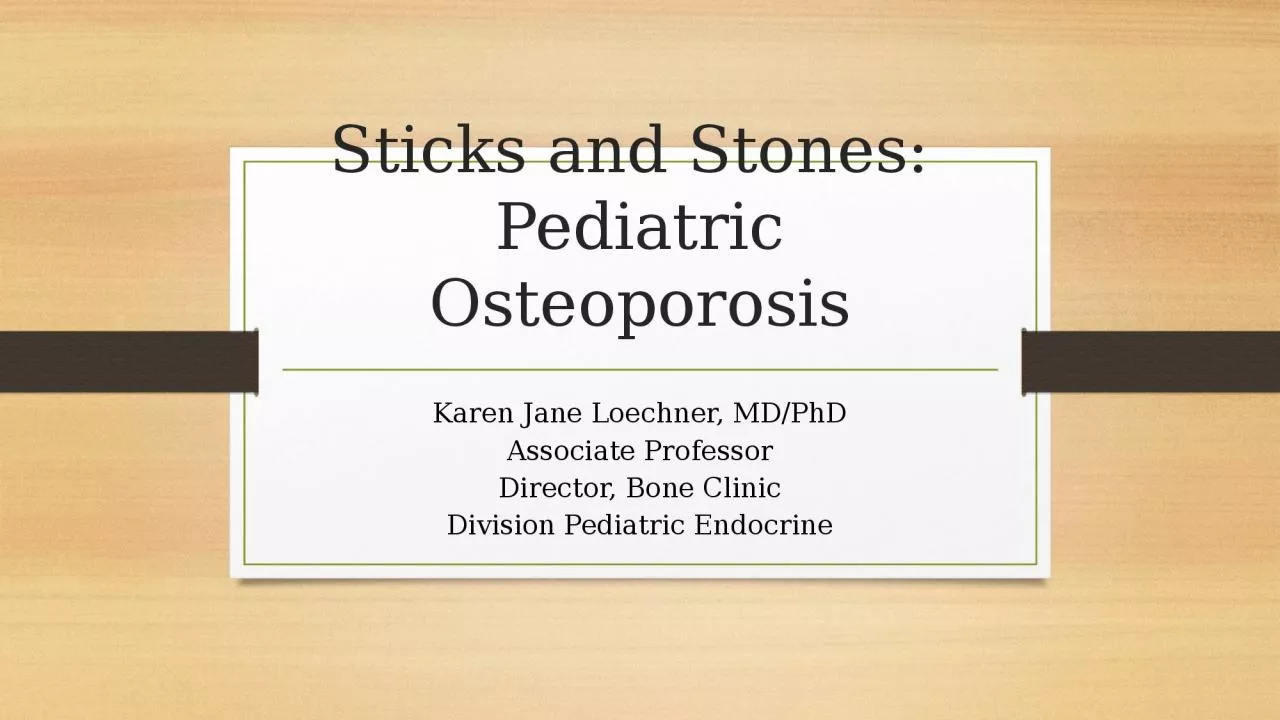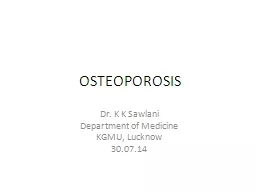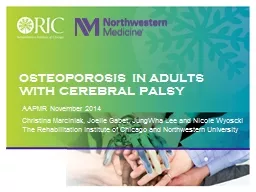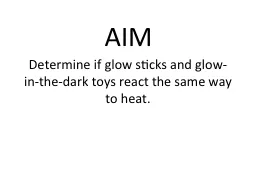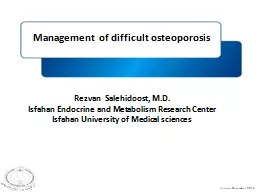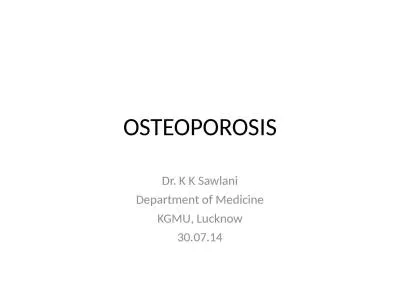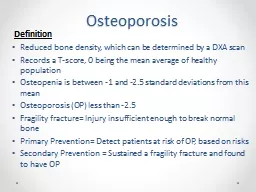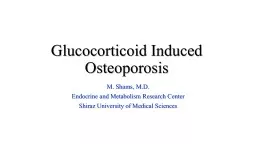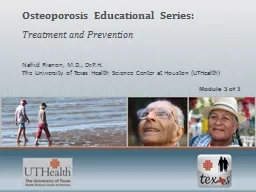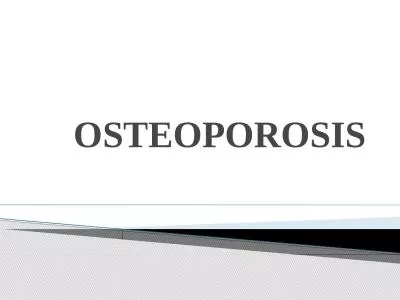PPT-Sticks and Stones: Pediatric Osteoporosis
Author : ZestyZenMaster | Published Date : 2022-08-02
Karen Jane Loechner MDPhD Associate Professor Director Bone Clinic Division Pediatric Endocrine Goals of Presentation Define osteopeniaosteoporosis in children Radiological
Presentation Embed Code
Download Presentation
Download Presentation The PPT/PDF document "Sticks and Stones: Pediatric Osteoporos..." is the property of its rightful owner. Permission is granted to download and print the materials on this website for personal, non-commercial use only, and to display it on your personal computer provided you do not modify the materials and that you retain all copyright notices contained in the materials. By downloading content from our website, you accept the terms of this agreement.
Sticks and Stones: Pediatric Osteoporosis: Transcript
Download Rules Of Document
"Sticks and Stones: Pediatric Osteoporosis"The content belongs to its owner. You may download and print it for personal use, without modification, and keep all copyright notices. By downloading, you agree to these terms.
Related Documents

